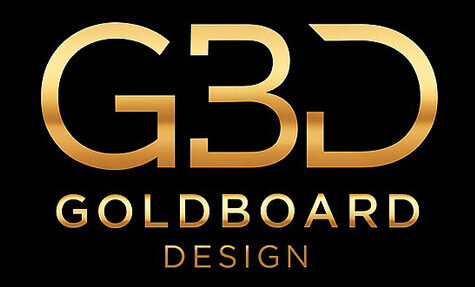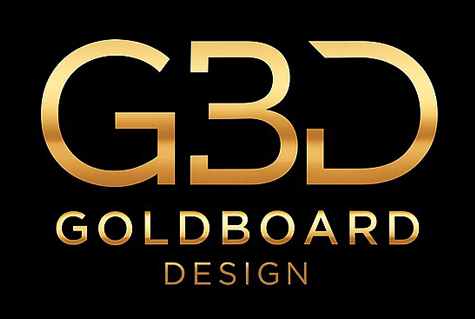WordPress Web Design
Blogs
A blog website is a type of website that focuses primarily on written content in the form of blog posts. It serves as a platform for individuals, businesses, or organizations to share their thoughts, insights, knowledge, experiences, or news on a specific subject or multiple topics of interest.
Blog Posts
The main feature of a blog website is the blog posts themselves. These are articles or written pieces of content that are published on a regular basis. Blog posts are typically organized in reverse chronological order, with the most recent posts appearing first. They can cover a wide range of topics and can be informative, educational, entertaining, opinionated, or a combination thereof.
Categories and Tags
Blog websites often have categories and tags to help organize and classify the blog posts. Categories are broader topics or themes that group related blog posts together, while tags are specific keywords or labels that provide more specific information about the content of each post. This categorization helps readers navigate the blog and find posts of interest.
Comments and Interactivity
Blog websites often include a comments section below each blog post, allowing readers to engage in discussions, ask questions, or share their opinions. This interactivity fosters a sense of community and allows for reader engagement and feedback. Bloggers can respond to comments, creating a dialogue and building relationships with their audience.
Archives
A blog website typically has an archives section that organizes past blog posts by month and year. This provides a chronological overview of all the content published on the blog and allows readers to browse through previous posts.
Search and Navigation
Blog websites often include search functionality and navigation menus to help visitors find specific topics or browse through different categories. These features make it easier for readers to explore the blog and locate the content they are interested in.
Author Information
Blog websites usually provide information about the author or authors of the blog. This can include a brief bio, a photo, and links to the author’s social media profiles or other relevant websites. Author information helps readers connect with the individuals behind the blog and establishes credibility and trust.
Sharing and Social Media Integration
Blog websites often include social sharing buttons or icons that allow readers to easily share blog posts on various social media platforms. This integration enables readers to spread the word about interesting content, increasing the blog’s visibility and potentially attracting more visitors.
Design and Visual Elements
Blog websites can have various designs and layouts, ranging from simple and minimalistic to more visually rich and elaborate. They often incorporate images, videos, infographics, or other visual elements to enhance the presentation and readability of the blog posts.
RSS Feeds
Many blog websites offer RSS (Really Simple Syndication) feeds, which allow readers to subscribe to the blog and receive automatic updates whenever new blog posts are published. RSS feeds enable readers to stay informed about the latest content without having to visit the website regularly.
Blog websites can serve a variety of purposes, such as personal journals, professional expertise sharing, content marketing for businesses, news outlets, hobby enthusiasts, or niche communities. They provide a platform for individuals and organizations to express themselves, share information, engage with readers, and build an online presence.

